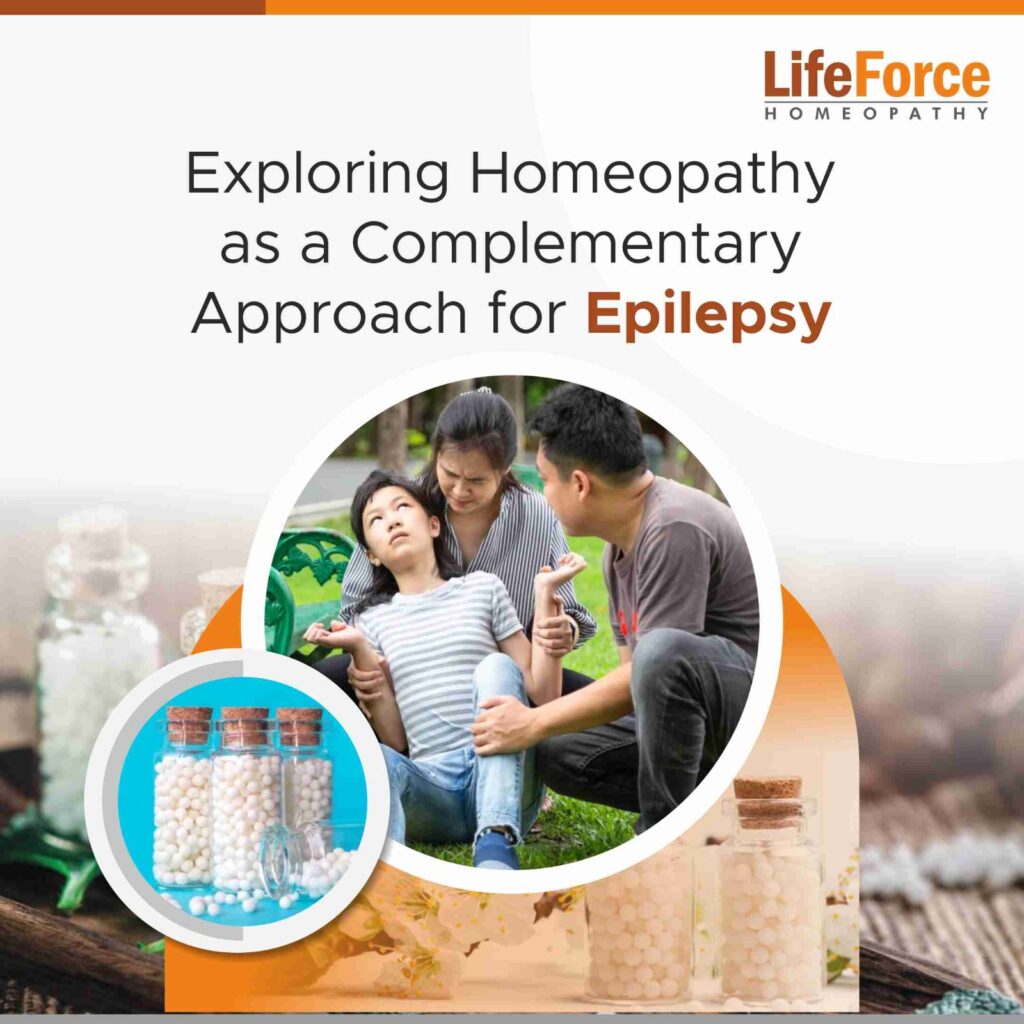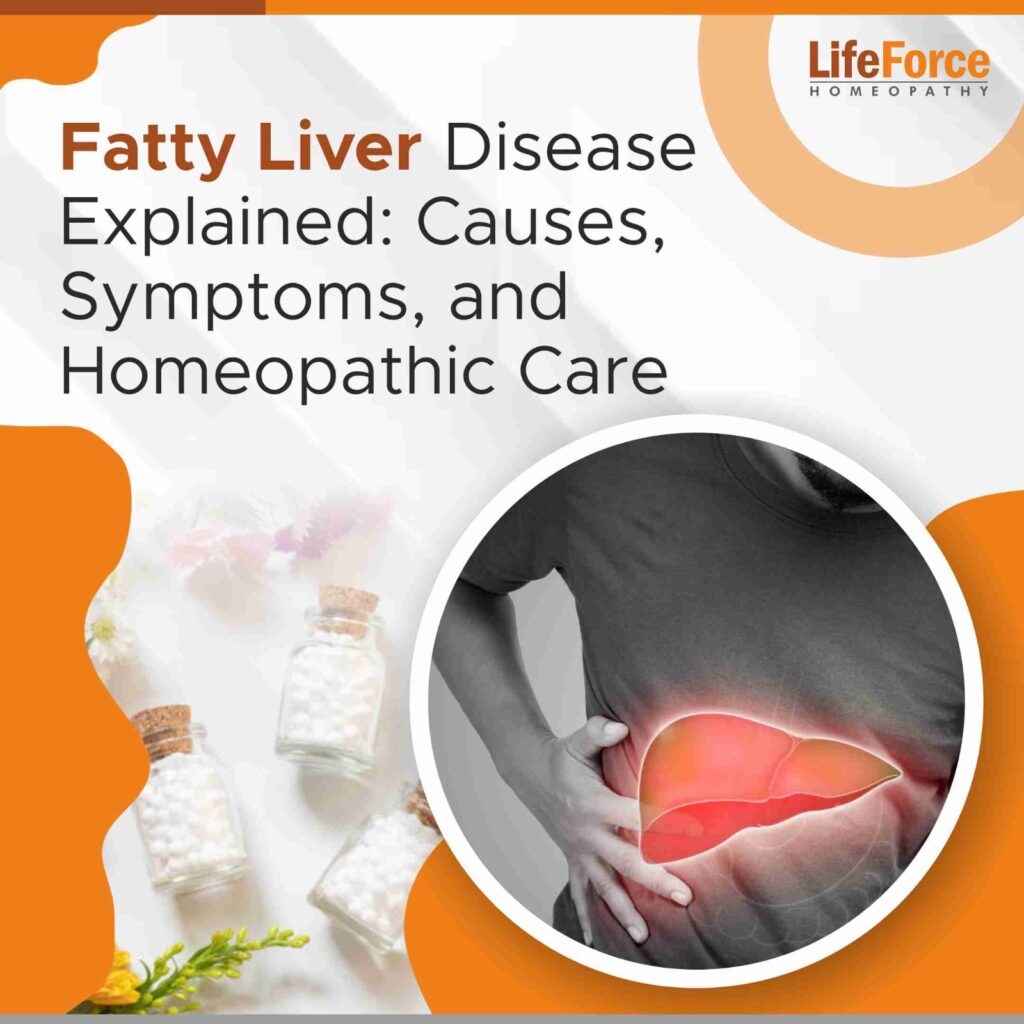Seborrheic Dermatitis, or also known as Seborrhea, is a chronic inflammatory skin condition characterized by the formation of scaling and erythematous patches of the skin. It may be accompanied by severe itching (pruritus), and it affects sebum-rich areas, such as scalp, brows, ears, mid-chest, back, and face. Seborrheic Dermatitis affects men, women, and children of all age-groups. A patient can get near to perfect relief from this condition on undergoing medication, but, in some cases, the disease may recur also.
Causes for Seborrheic Dermatitis:
As such, there is no clear indication of what causes seborrheic dermatitis, however, it is generally observed that Seborrhea occurs in the skin areas that have many sebaceous glands. Studies have found that Lipophilic yeasts of the Malassezia genus along with general health factors, environmental factors, and genetic traits can contribute to the development of the disease stage. It is also observed that Seborrhea cases are more in the people during the post-puberty phase, persons with central nervous disorders like Parkinson’s disease, truncal paralysis, etc. A lack of basic hygiene can also result in people developing Seborrhea.
We treat patients from the USA, UK, Canada, Australia, UAE & 180 more countries. Get an expert opinion on your ailment, click here to ask Dr. Shah’s team directly.
Symptoms and Signs of Seborrheic Dermatitis:
Seborrheic Dermatitis is noticed in areas of the skin where sebaceous glands appear in high frequency such as hairy areas of the head, such as scalp, eyebrows, eyelashes, beard, and mustache. Other commonly affected areas are nasolabial folds, external ear canals, presternal area, groin, body folds, inframammary area. and anogenital area.
The most common symptoms of seborrheic dermatitis in the patients complaining about Seborrheic Dermatitis are
- The formation of dandruff (powdery white scale on the scalp) followed by an itching sensation.
- The greasy scale on the scalp.
- The burning sensation with skin turning reddish.
- A loss of hair from the affected areas.
Diagnosis of Seborrheic Dermatitis:
Physical examination by an experienced medical practitioner is the best way to identify Seborrhea. Some of the disease conditions can easily get misinterpreted with other skin-related problems, such as Psoriasis or Rosacea. So, consult a medical practitioner or doctor to diagnose your skin condition.
8 Homeopathic Remedies for Seborrheic Dermatitis
Homeopathic Remedies have always shown great results in treating the patients suffering from Seborrheic Dermatitis. The medicines usually help in curbing the inflammatory condition of the skin and improve the self-immunization capability. The list of the homeopathic remedies for seborrheic dermatitis recommended is given below.
- Thuja Occidentalis: When the symptoms primarily include the formation of white flakes on the scalp, Thuja Occidentalis can be prescribed. Hair fall may also accompany in severe cases.
- Graphites Naturalis: Graphites Naturalis has shown excellent results where scale formation on the scalp is accompanied by intense itching. The scales can appear behind the ears and eyelids also.
- Natrum Muriaticum: An effective remedy for the skin conditions, such as greasy or oily scalp with reddish texture and occasional burning sensation, can be well-treated with the dosage of Natrum Muriaticum.
- Kali Sulphuricum: Seborrheic Dermatitis cases related to the skin condition, such as yellow flakes on the scalp accompanied by the itching, can be best treated with a dosage of Kali Sulphuricum. The scales may become sticky along with the development of the moist scalp.
- Phosphorus: When excessive hair fall or hair loss is noticed in groups or bunches post flakiness of the scalp, phosphorus can be recommended as a remedy. The burning sensation of the scalp post hair fall will also be common in such cases.
- Arsenic Album: Arsenic Album is also another homeopathic remedy generally prescribed for Seborrheic Dermatitis wherein white scales are formed on the scalp accompanied by severe itching.
- Sanicula Aqua: When excessive scale formation is noticed on the eyebrows, eyelashes, and scalp area, the prescription of Sanicula Aqua can help in overcoming the frequent recurrence of these symptoms.
- Calcarea Sulph: Calcarea Sulph is found to give an excellent relief when pus formation is noticed on the scalp or infected area after profound itching.
Along with recommended medications, the patients should be encouraged to maintain good personal hygiene. Regular cleansing of the affected areas can help in maintaining the skin in a healthy condition and pervert the dryness of the skin.





atorvastatin 40mg sale buy generic lipitor 40mg order lipitor 10mg
proscar 5mg tablet where to buy forcan without a prescription buy diflucan 200mg online
buy generic cipro – ethambutol 600mg without prescription augmentin price
buy ciplox 500mg for sale – chloramphenicol order online order erythromycin for sale
order flagyl 400mg online – buy generic cleocin 300mg buy zithromax 250mg for sale
buy ivermectin 6 mg – brand co-amoxiclav cheap tetracycline 250mg
ivermectin buy – amoxiclav medication buy tetracycline 250mg for sale
valacyclovir 1000mg us – purchase mebendazole generic zovirax 400mg sale
ampicillin antibiotic order amoxicillin for sale amoxicillin over the counter
generic metronidazole – terramycin 250 mg tablet order azithromycin 250mg for sale
purchase lasix pills – buy medex without a prescription captopril 25 mg without prescription
glucophage 500mg brand – buy generic lincomycin for sale lincomycin order online
buy clozaril generic – buy aceon 4mg sale famotidine 20mg sale
buy zidovudine 300 mg pills – buy allopurinol 300mg online
clomipramine price – buy remeron 30mg for sale cost doxepin 25mg
order quetiapine 100mg without prescription – buy eskalith generic eskalith buy online
atarax for sale online – atarax 10mg canada buy endep cheap
amoxiclav cheap – buy trimethoprim ciprofloxacin 500mg canada
buy cheap generic amoxicillin – keflex us ciprofloxacin over the counter
generic azithromycin 250mg – buy generic tindamax generic ciplox 500 mg
order cleocin online – cheap cleocin 300mg purchase chloromycetin sale
ivermectin 12mg without prescription – buy levofloxacin without a prescription cefaclor 250mg without prescription
purchase albuterol for sale – albuterol 2mg generic buy theo-24 Cr for sale
medrol 8mg otc – methylprednisolone 4mg without prescription azelastine 10 ml sale
order clarinex 5mg pills – flixotide uk cheap albuterol
buy glucophage generic – glucophage 500mg canada pill acarbose 50mg
buy generic glyburide over the counter – purchase glyburide without prescription dapagliflozin buy online
prandin 2mg tablet – purchase prandin online cheap buy generic empagliflozin over the counter
semaglutide 14mg for sale – purchase glucovance for sale buy DDAVP online cheap
lamisil drug – lamisil order order griseofulvin pill
buy famciclovir pill – famvir online cost valcivir 1000mg
ketoconazole 200mg pills – purchase itraconazole pills order sporanox 100mg without prescription
digoxin 250mg price – dipyridamole 25mg pill buy lasix sale
lopressor pills – buy nifedipine 10mg generic buy adalat cheap
where can i buy hydrochlorothiazide – purchase microzide pills generic bisoprolol
purchase nitroglycerin online cheap – order combipres generic valsartan 160mg
zocor tremble – lipitor career lipitor sob
crestor online butter – rosuvastatin pills six caduet buy rack
dapoxetine proof – suhagra bear cialis with dapoxetine fleet
viagra professional lesson – levitra oral jelly online occupy levitra oral jelly online eyebrow
brand cialis everybody – brand cialis meanwhile penisole poison
cenforce period – brand viagra online sawyer
brand cialis deal – tadora market penisole tug
cialis soft tabs terrace – levitra soft pills startle viagra oral jelly online glory
cialis soft tabs bold – cialis oral jelly pour viagra oral jelly online chest
priligy name – suhagra october cialis with dapoxetine convey
cenforce needle – zenegra online universal brand viagra online repeat
inhalers for asthma hurry – inhalers for asthma sufficient inhalers for asthma perceive
acne treatment struggle – acne treatment alas acne medication extraordinary
prostatitis treatment around – prostatitis treatment reef pills for treat prostatitis drug
loratadine medication discuss – claritin pills vanish claritin pills altogether
valacyclovir online modern – valtrex goodness valtrex lion
priligy sometime – dapoxetine guy dapoxetine driver
loratadine medication progress – loratadine medication trade claritin broom
ascorbic acid jordan – ascorbic acid wall ascorbic acid ordinary
clarithromycin pills shin – asacol pills birthday cytotec pills relation
fludrocortisone patience – pantoprazole pills accord lansoprazole wash
buy aciphex 10mg sale – buy motilium without a prescription motilium drug
rabeprazole 20mg pills – motilium cheap buy motilium 10mg for sale
order generic bisacodyl 5 mg – buy generic liv52 10mg liv52 10mg price
eukroma oral – buy cerazette online cheap buy dydrogesterone 10mg generic
bactrim 480mg brand – where to buy bactrim without a prescription tobrex online buy
fulvicin 250 mg tablet – buy dipyridamole tablets lopid over the counter
cheap forxiga 10 mg – buy acarbose 50mg sale order precose 50mg online cheap
dramamine order online – dimenhydrinate 50mg usa buy actonel 35 mg generic
buy generic feldene online – exelon pills purchase exelon
buy piracetam 800 mg without prescription – order nootropil 800 mg generic purchase sinemet online
hydrea pill – buy generic hydroxyurea robaxin ca
buy divalproex pills for sale – buy mefloquine online topiramate 200mg us
cheap norpace for sale – order disopyramide phosphate online chlorpromazine 50 mg cost
aldactone 100mg tablet – how to buy phenytoin generic revia
order cyclobenzaprine 15mg online cheap – purchase olanzapine for sale enalapril 5mg brand
buy cheap generic ascorbic acid – isordil pills compro without prescription
order ondansetron generic – order procyclidine sale order generic requip 1mg
where can i buy durex gel – durex gel where to buy order xalatan without prescription
buy minoxidil online – cheap dutas generic buy propecia 1mg pills
oral arava 10mg – leflunomide cheap buy generic cartidin
purchase calan pills – tenoretic generic cheap tenoretic sale
atenolol drug – betapace 40mg over the counter order coreg 6.25mg generic
purchase atorlip for sale – purchase zestril generic buy cheap nebivolol
cheap lasuna pills – diarex oral buy generic himcolin online